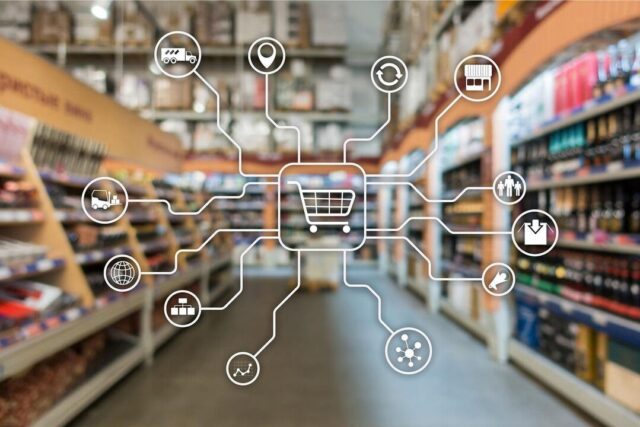
Have you ever wondered why some stores seem to have psychic powers when it comes to knowing exactly where your order is, while others can’t find it if it was taped to their forehead?
Well, grab a snack, because we’re about to dive deep into the magical world of retail tracking systems.
We’ll explore the high-tech, the no-tech, and the slow-tech approaches to keeping tabs on your latest shopping spree.
The Tech Behind the Tracking
Let’s discuss tech first. The secret sauce to knowing where your package is at all times boils down to technology—specifically, real-time data, automation and Wismo!
Retailers that dazzle with their tracking capabilities are often those that have invested in advanced inventory and order management systems. These systems use technologies like RFID (Radio Frequency Identification), GPS, and even AI to monitor stock levels, predict shipping times, and even automate reordering.
These platforms aren’t just a fancy spreadsheet; they’re integrated systems that connect every phase of the journey—from warehouse shelves to your doorstep. The moment you click ‘buy’, the order is logged, and each step of its journey is recorded.
This can include checkpoints at warehouses, updates during transit, and a final notification when it’s delivered. This continuous flow of data ensures that if you ever ask, “Where’s my stuff?” the answer is just a few clicks away.

When Retailers Play Hide and Seek
On the flip side, there are retailers that seem to be playing a perpetual game of hide and seek with your orders. Why the discrepancy? Often, it’s a tale of technological hiccups or a reluctance to invest in advanced systems.
Smaller shops or older companies might be using outdated methods like manual tracking or basic software that doesn’t update in real-time. These methods require human input at every stage, which increases the chances of errors and delays.
Moreover, if a retailer lacks integration between their inventory system and their online sales platform, there’s a high chance that what you see online doesn’t match what’s actually in stock.
This leads to the all-too-familiar customer service call explaining that your order is delayed because the item you bought three days ago was actually out of stock.

The Human Touch
Despite the rise of technology, human involvement still plays a crucial role. In systems where high tech meets high touch, employees monitor and manage the process, stepping in when something goes awry.
They ensure that the machines are doing their job correctly and intervene manually when necessary. This blend of human oversight with technological precision helps maintain accuracy and customer satisfaction.
However, human error remains a factor. Miscommunication, mislabeling, and plain old human oversight can lead to your package taking a detour. This is more prevalent in systems where manual processes dominate.
Think of it as playing a game of telephone with your order details—if one person gets the message wrong, your order might end up on an adventure.

The Impact of Logistics Partners
Retailers don’t always handle their own shipping, and this can add another layer of mystery to where your order is. The effectiveness of a retailer’s tracking often depends on their logistics partners.
If these partners are top-notch, they’ll provide detailed tracking information that gets passed on to you. But if they’re not, well, you might find yourself checking your mailbox more often than your email for updates.







